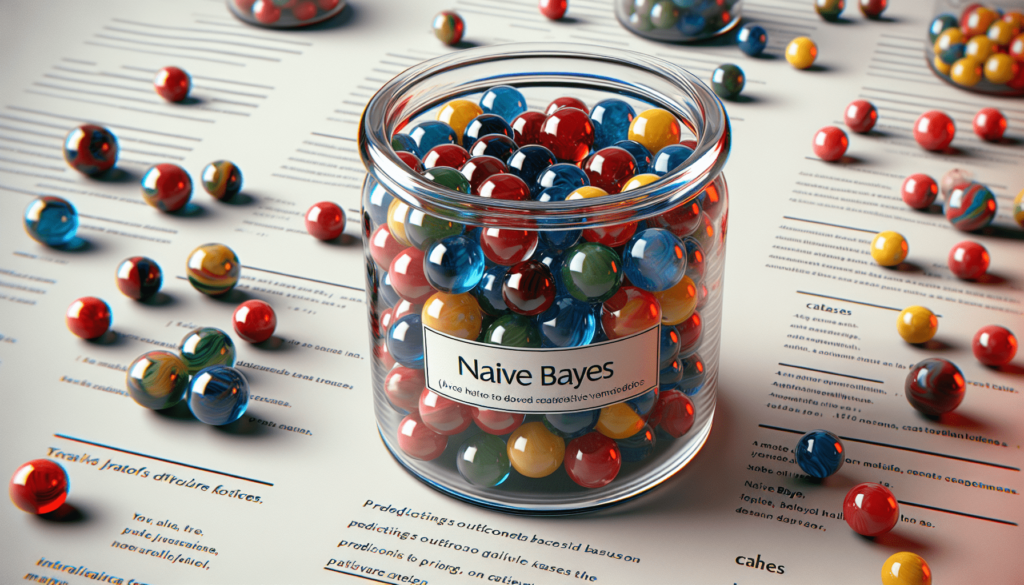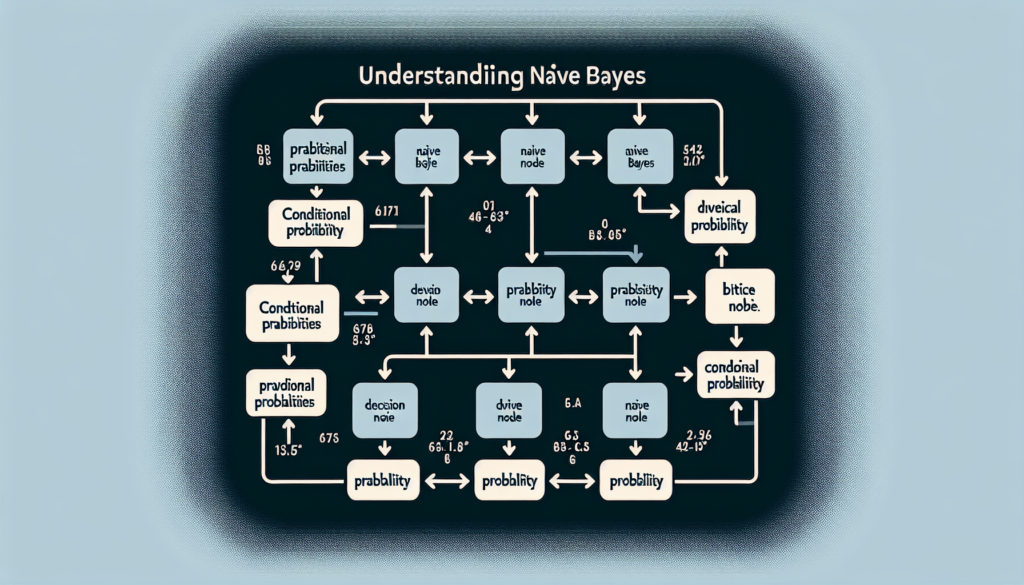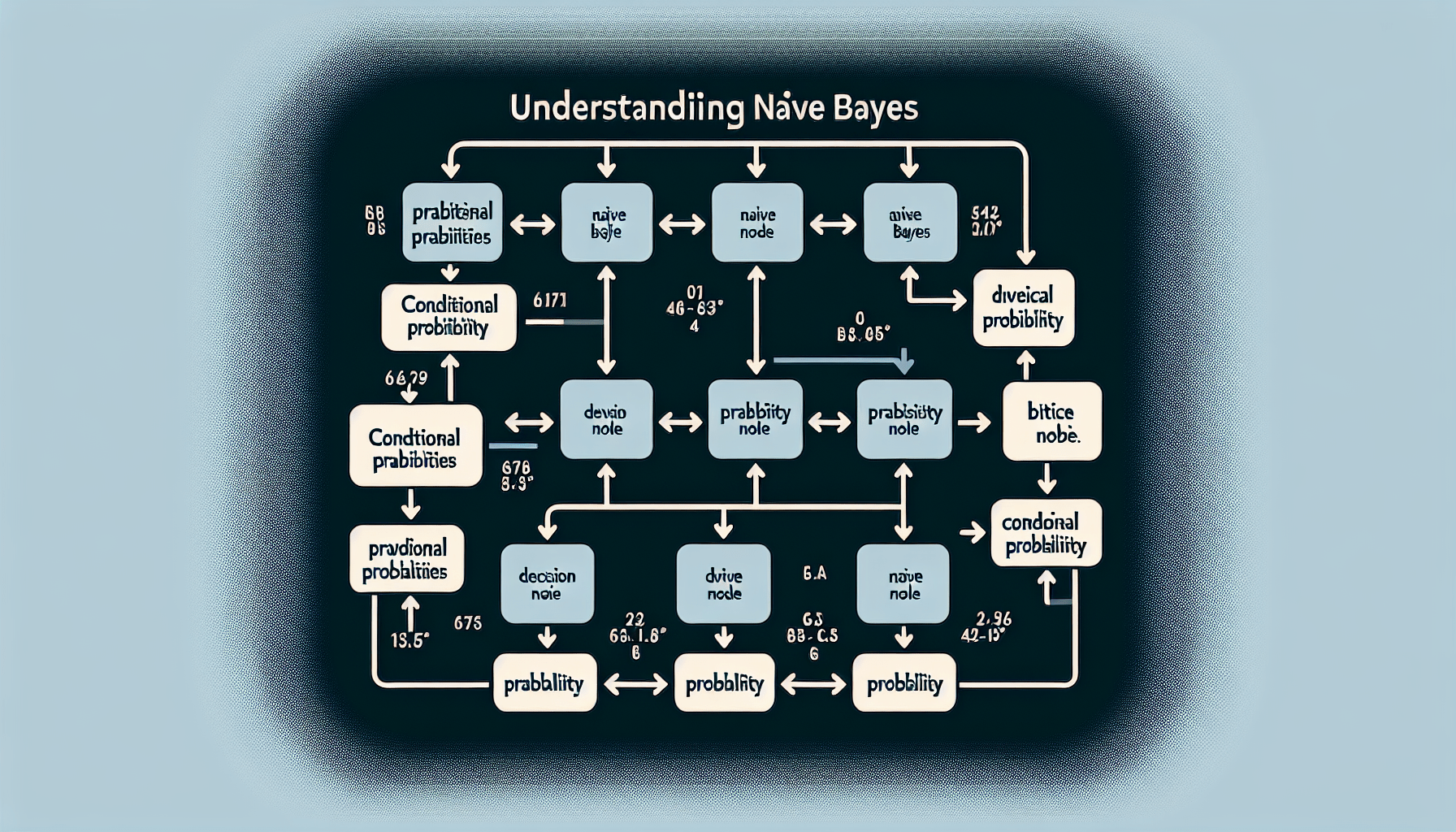Welcome, curious reader! In this article, we will delve into the fascinating world of Naive Bayes, a popular algorithm used in machine learning and data analysis. We will explore the basics of how Naive Bayes works, its applications, and why it is considered a powerful tool in predictive modeling. So sit back, relax, and get ready to enhance your understanding of Naive Bayes! What is Naive Bayes?
Have you ever heard of Naive Bayes but aren’t quite sure what it is or how it works? Don’t worry, you’re not alone. Naive Bayes is a popular machine learning algorithm that is used for a variety of tasks, including text classification, spam filtering, and recommendation systems. In this article, we’ll break down what Naive Bayes is, how it works, and why it’s so widely used in the field of machine learning.

How does Naive Bayes work?
Naive Bayes is a simple yet powerful probabilistic classifier that is based on Bayes’ theorem. The algorithm makes the assumption that all features are independent of each other, hence the term “naive.” Despite this simplifying assumption, Naive Bayes often performs very well in practice, especially in text classification tasks.
Understanding Bayes’ theorem
Bayes’ theorem is a fundamental concept in probability theory that describes the probability of an event, based on prior knowledge of conditions that might be related to the event. The theorem is expressed mathematically as:
[ P(A|B) = \frac ]
Where:
- (P(A|B)) is the probability of event A given event B
- (P(B|A)) is the probability of event B given event A
- (P(A)) is the probability of event A
- (P(B)) is the probability of event B
Applying Bayes’ theorem to Naive Bayes
In the context of Naive Bayes, we are interested in classifying a given input (x) into one of several classes, based on the prior probabilities of those classes and the likelihood of the input data given each class. The algorithm computes the posterior probability of each class given the input data, and then selects the class with the highest probability as the predicted class.
Types of Naive Bayes classifiers
There are several different types of Naive Bayes classifiers, each with its own strengths and weaknesses. Some of the most common types include:
1. Multinomial Naive Bayes
Multinomial Naive Bayes is often used for text classification tasks, where the features are typically word counts or term frequencies. It assumes that the features follow a multinomial distribution, hence the name. This type of classifier is well-suited for tasks such as spam filtering and document classification.
2. Gaussian Naive Bayes
Gaussian Naive Bayes is used when the features are continuous and follows a Gaussian distribution. This type of classifier is commonly used in medical diagnosis and other applications where the input data is continuous.
3. Bernoulli Naive Bayes
Bernoulli Naive Bayes is similar to Multinomial Naive Bayes, but it assumes that the features are binary variables. This type of classifier is often used for text classification tasks, where the presence or absence of words in a document is represented as a binary feature.
4. Complement Naive Bayes
Complement Naive Bayes is a variation of the standard Naive Bayes algorithm that is designed to address imbalanced datasets. It is particularly useful when the classes are highly imbalanced, and the algorithm struggles to accurately predict the minority class.
Advantages of Naive Bayes
Now that you have a better understanding of how Naive Bayes works and the different types of classifiers available, let’s take a look at some of the advantages of using Naive Bayes for machine learning tasks:
1. Simple and easy to implement
Naive Bayes is a simple algorithm that is easy to understand and implement. It does not require a large amount of training data to perform well, making it ideal for tasks where data is limited.
2. Fast and efficient
Naive Bayes is a fast and efficient algorithm that can handle large amounts of data with minimal computational resources. This makes it well-suited for real-time applications and tasks where speed is important.
3. Performs well with categorical data
Naive Bayes is particularly well-suited for tasks with categorical data, such as text classification and spam filtering. It can handle a large number of features and does not require complex parameter tuning.
Limitations of Naive Bayes
While Naive Bayes has many advantages, it also has some limitations that you should be aware of when using the algorithm for machine learning tasks. Some of the key limitations include:
1. Independence of features
The assumption of independence between features in Naive Bayes is often unrealistic in real-world datasets. In practice, this can lead to poor performance when the features are correlated with each other.
2. Sensitivity to imbalanced data
Naive Bayes can struggle with imbalanced datasets, where one class is significantly more prevalent than the others. This can result in the algorithm predicting the majority class more frequently, leading to biased results.
3. Difficulty with continuous data
Gaussian Naive Bayes is well-suited for continuous data, but it can struggle with skewed or non-Gaussian distributions. In these cases, other types of classifiers may be more appropriate.

Practical applications of Naive Bayes
Now that you have a better understanding of the advantages and limitations of Naive Bayes, let’s take a look at some practical applications of the algorithm in real-world scenarios:
1. Text classification
One of the most common applications of Naive Bayes is in text classification tasks, such as spam filtering and sentiment analysis. The algorithm is well-suited to these tasks due to its ability to handle large amounts of text data efficiently.
2. Recommendation systems
Naive Bayes can also be used in recommendation systems to predict user preferences and make product recommendations. By analyzing user behavior and historical data, the algorithm can identify patterns and make personalized recommendations.
3. Medical diagnosis
In the field of healthcare, Naive Bayes can be used for medical diagnosis and disease prediction. By analyzing patient data and symptoms, the algorithm can help healthcare professionals make accurate diagnoses and treatment recommendations.
Conclusion
In conclusion, Naive Bayes is a powerful machine learning algorithm that is widely used for a variety of tasks, including text classification, spam filtering, and recommendation systems. While the algorithm has some limitations, its simplicity and efficiency make it a popular choice for many machine learning applications. By understanding how Naive Bayes works and its practical applications, you can leverage the algorithm to improve the performance of your machine learning models.

